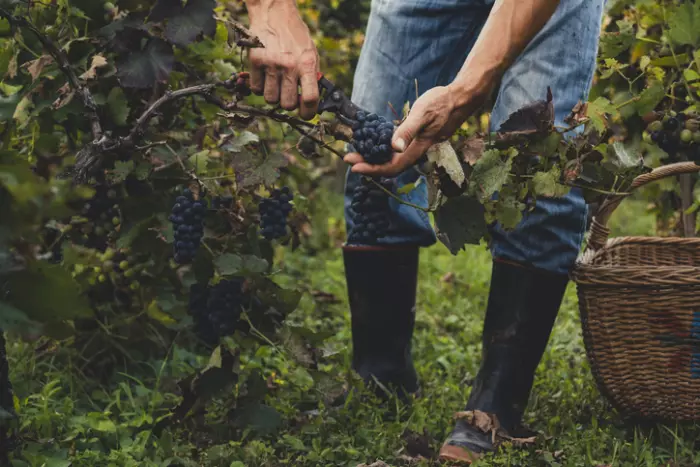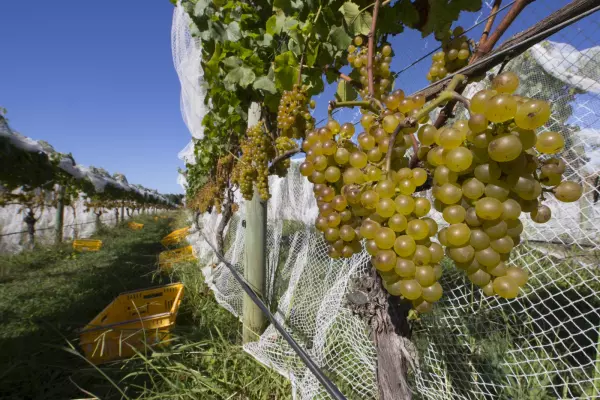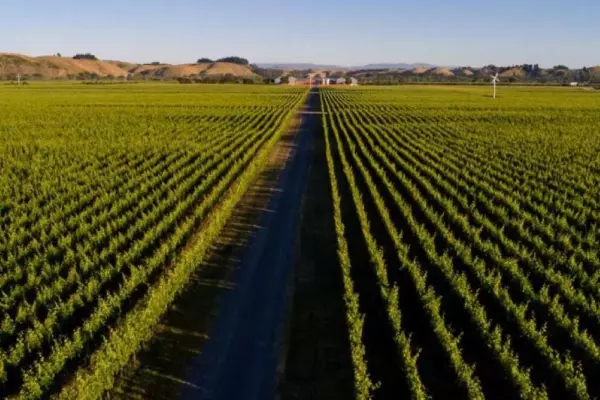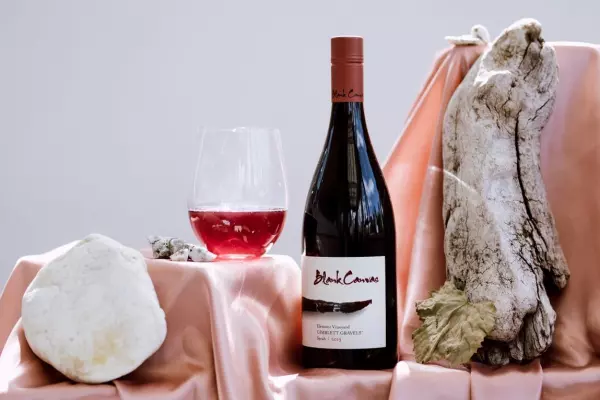Do organic wines taste better, or different, than non-organic wines? I am regularly asked that question.
The truth is, I don’t know. I like to imagine there is a difference, but I have never been able to compare two wines from the same vineyard, made the same way, but where one is organic and the other is not.
Sometimes I will come across a wine in a blind tasting that appears to taste organic. Perhaps it is exceptionally pure or transparent. The half-dozen wines that have earned a notation “organic?” have so far proved not to be organic. I am not even sure what an organic wine is supposed to taste like.
I do know that certified organic wines have not been exposed to fungicides, herbicides or pesticides. But it is more than that, according to BioGro, the organisation that checks, audits and certifies organic farming, including vineyards.
Under the heading “What is organics?” the BioGro website says:
“Organic agriculture is more than just spray or residue free. It is a holistic style of farming where the health of the soil and environment is prioritised, including the surrounding flora and fauna. Farmers provide positive care for the environment by focusing on the long-term health of their land, waterways, soil and livestock rather than the short-term gain. They use innovative and modern farming techniques to control pest and disease.
“Organic production means to produce products that are made without genetic modification (GMOs), the routine use of synthetic pesticides or herbicides, animals have been treated fairly and rural communities have been united and empowered along the way. Organic production is the only sustainable option for benefiting ourselves, our environment and future generations.”
Faced with a choice between an organic and non-organic wine at the same price and apparent quality, I would choose the organic wine. But what if the organic wine was more expensive? What premium would you be prepared to pay for an organic wine? $1? $5? $10?
I asked a few wine drinkers. Around half wouldn’t pay a premium for the organic bottle, while for those who would, the acceptable premium averaged $4. The premium-payers confessed they were not expecting the organic wine to taste better but were happy to pay a premium for a wine they thought was likely to have fewer “chemicals”. If the non-organic wine had a gold medal sticker, it would be the preferred purchase for all.
Currently 10% of New Zealand wineries hold organic certification. That is high by world standards and growing rapidly.
Fully organic wineries are Aurum, Bellbird Spring, Bell Hill, Black Estate, Carrick, Churton, Clos Henri, Deep Down, Dog Point, Domaine Thomson, Fancrest Estate, Felton Road, Folium, Fromm, Greenhough, Greystone Wines, Halcyon Days, Hans Herzog, Huia, Mammoth, Millton, Mount Edwards, Muddy Water, Osawa Wines, Peregrine, Quartz Reef, Richmond Plains, Rippon, Rock Ferry, Schubert, Seresin, Stonecroft, Super-Natural Wine Co, Takamatua Valley Vineyards, Terrace Edge, Darling, Tua Marina Vineyards, Turanga Creek, Two Paddocks, Urlar, Walnut Block Wines, William Murdoch, and Windrush Organic.
A further seven wineries produce most of their wines from organic or biodynamic grapes. Twenty wineries produce some wines from fully certified organic vineyards.
Choose a bottle of New Zealand wine at random and there is a 96% chance that it has been produced under a sustainable winegrowing regime. Introduced by New Zealand Winegrowers in 1995, Sustainable Winegrowing New Zealand (SWNZ) is designed to provide a “best practice” model of environmental practices in both vineyard and winery.
SWNZ offers winemakers a pathway towards organic wine production and sends a clear message to our overseas wine markets that New Zealand is serious about protecting the environment.
Bob’s Top Picks
Investment Wine

Paritua 2018 21.12, Hawke’s Bay, $130
A blend of cabernet sauvignon, merlot and cabernet franc. A dense, almost chewy red with cassis, black currant, cedar, black olive, leather and spicy oak flavours. Firmly structured wine with great cellaring potential.
Weekend Wine
Top White

Kemp Road 2019 Chardonnay, Hawke’s Bay, $25
Ripe, almost lush chardonnay with peach/tree fruits, lime juice and subtle nutty flavours. Smooth-textured wine with a refreshingly dry, lingering finish. The product of a good vintage and “hands off” winemaking. Good value at this price.
Top Red

Neudorf 2019 Tom’s Block Pinot Noir, Nelson, $36
Dense, intense pinot noir with dark cherry, peat, malt, anise/spice and dried mushroom flavours – a complex mix of fruit and savoury elements. Deliciously accessible wine that should develop well.
Read more from Bob at therealreview.com












